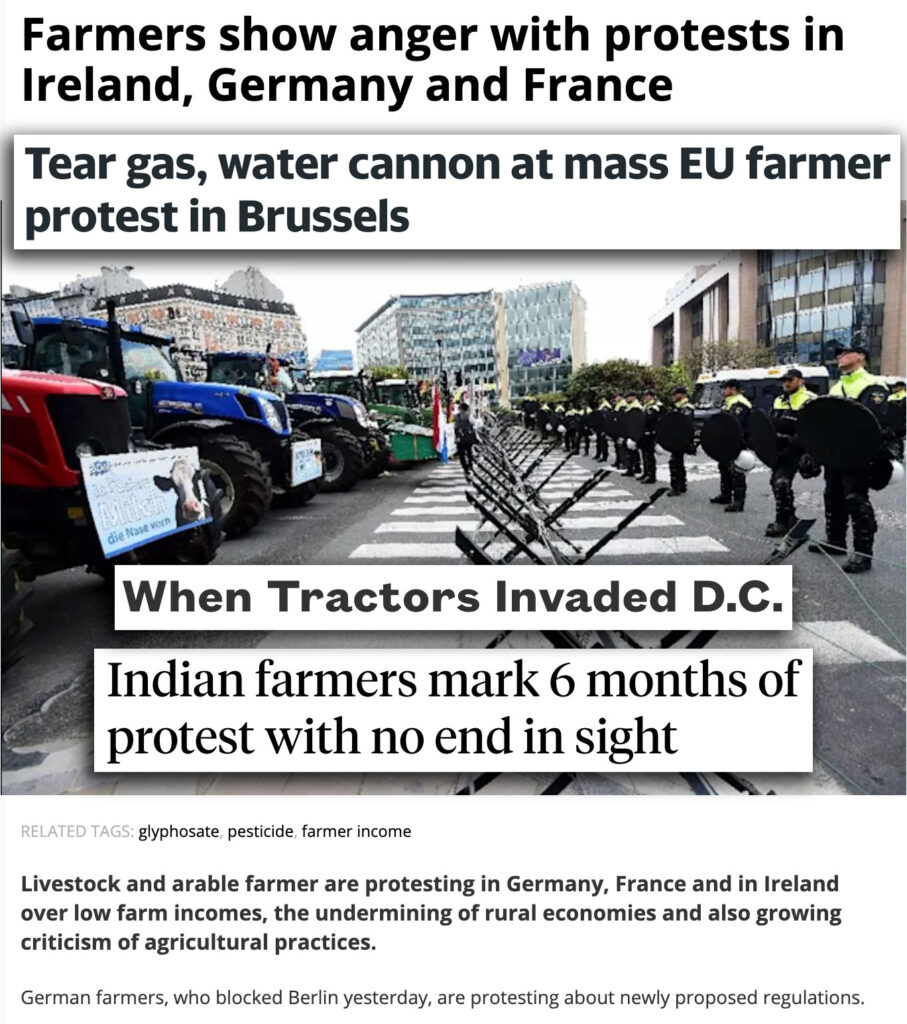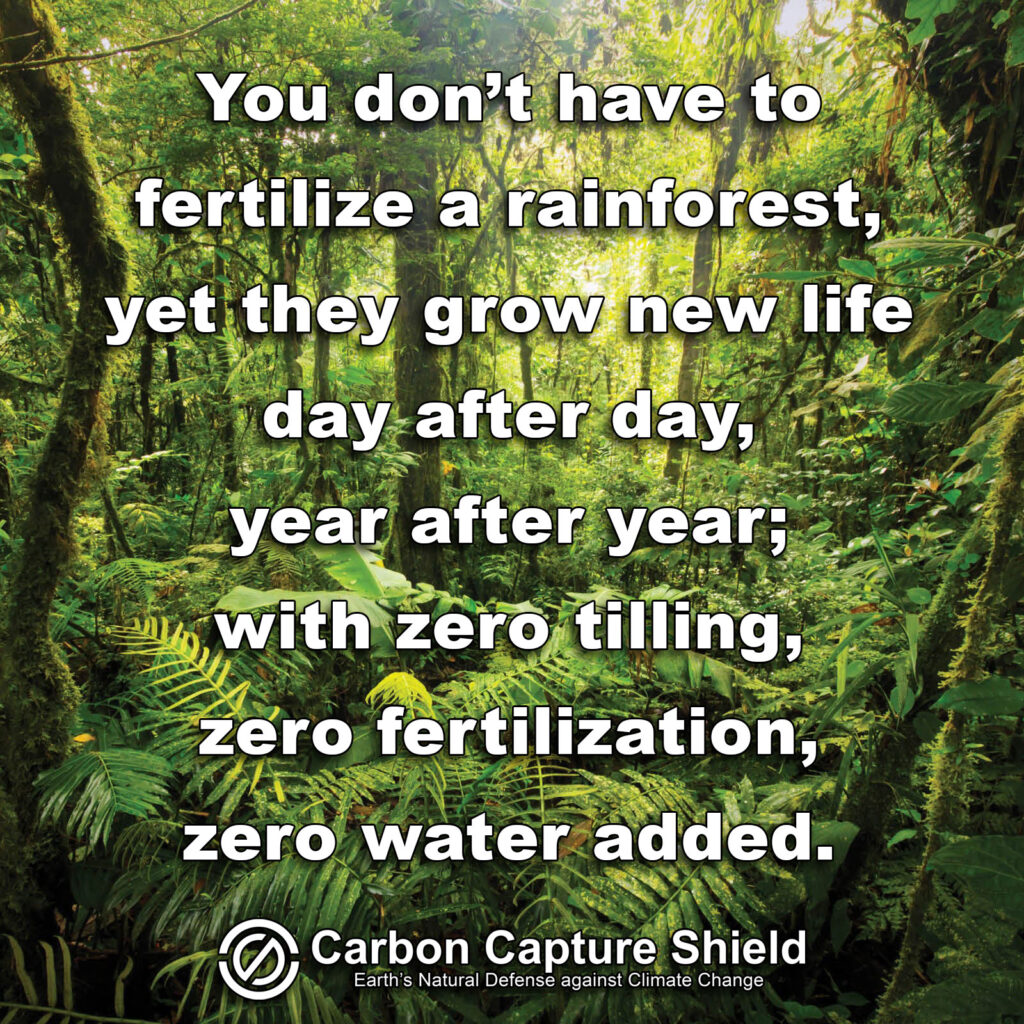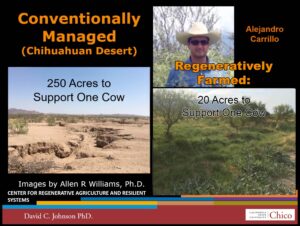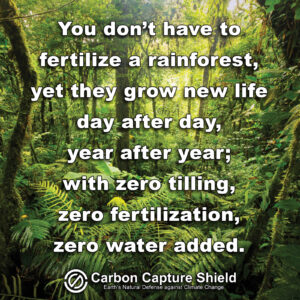All Carbon-based life forms on this planet ( including humans) are part of the Carbon Cycle. We all need Carbon as the building block of every cell in our bodies. Carbohydrates and sugars are simply Carbon, Hydrogen, and Oxygen atoms assembled by plants. Fats are made of the same 3 elements, and Proteins are identical with the addition of Nitrogen to the mix.
All of these building blocks of life are assembled during photosynthesis: Literally combining (synthesizing) water and air into living tissue by harnessing the power of sunshine. In a healthy living ecosystem, these sugars, starches, proteins, and fats are traded with other life forms in exchange for goods or services.
For instance, mycorrhizal fungi are able to seek out minerals underground and dissolve solid rock in order to transport these requested nutrients to nearby plants in exchange for sugars. These underground fungal networks have even been known to transport thousands of gallons of water uphill in order to nourish plants they had partnered with. These same networks fight off invasive pests, including molds, blight, and even locusts!
All of these mycorrhizal networks are made of Carbon, which the plants absorbed out of the atmosphere (CO2) and photosynthesized into nutritious and delicious carbohydrates that it sent into the soil to feed the fungi in exchange for minerals. Around 40% of all Carbon absorbed by plants is fed into the soil in this way, where it not only stays put, but it actually improves the fertility and durability of the soil in profound ways.
Every gram of Carbon absorbed by plants and stored in the soil (aka sequestered or biosequestration) allows that soil to absorb and hold 8 grams of water. This means living soil doesn’t just survive flooding, it prevents flooding by absorbing that rain like a sponge soaks up spilled milk! This stored water is then shifted as needed by the fungal networks, allowing Living Soil to also survive droughts.
Combine that with plants’ ability to create weather patterns, and you start to see how powerful farming can be for shaping a healthy and stable Climate for humans!
Finally, you have the work of Earthworms and grazing animals who turn forest litter and fire hazards into fertile droppings that sequester more Carbon back into Living Soil rather than it all going up in smoke or being “cleaned” by well-meaning but ill-advised forest managers. Forest waste and genuine fire hazards should be removed, but they should also be put into a bioreactor in order to be naturally turned back into healthy soil.
In the end, the difference between sand and soil is the rich black Carbon of Living Soil.




